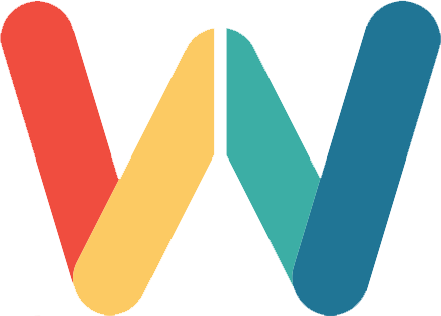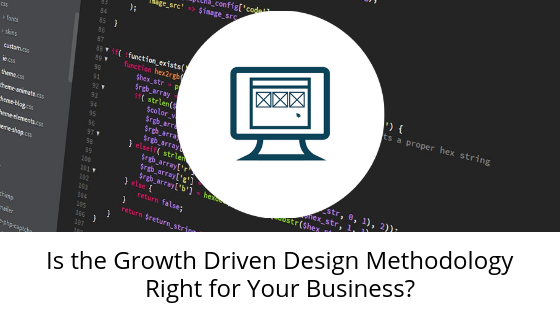When asked, many companies who underwent a website redesign do not have overly pleasant stories to tell about the process. Traditional web design involves a large upfront cost, a large time and resource commitment, and an uncertainty it will turn out the way you want. After years of traditional web design disappointments and failures, our friends at Hubspot decided there has to be a better way. Growth Driven Design (GDD) is a smarter approach to website design. In GDD, there is no large initial capital investment, and due to the nature of it, the amount of time and resources spent is minimal. GDD involves getting a “launch pad” website up quickly, receiving real user feedback, and continually tweaking until the site is perfect. This type of plan allows for less time wasted, because initial time is not spent on making everything perfect. Growth Driven Design has become a revolution for the modern website design industry.
Why use Growth Driven Design?
For a web designer, GDD could seem like a longer and more time consuming project, but it’s just the opposite. In the long run, you could end up doing less work and creating a better website. One of the biggest turn offs for clients is the cost of a website, which could range anywhere from a couple hundred to a many thousands of dollars. Your clients will love the fact they’re not paying one lump sum at the beginning of the project. Plus, your clients will be able to learn more about their customers. A better customer relationship means more business for them and more praise for you!
Will it be a good fit?
Growth Driven Design may not be for everyone. If a client’s website is already performing well or they aren’t worried about budget, a traditional method may be better. However, most clients will care about budget and need help with their website! Figure out if your client would be a good fit with some of the guidelines below:
-
Existing website is ineffective.
GDD is a good fit for businesses that have clients with ineffective websites and want a new one up quickly. It’s especially a good fit if your client is looking to move forward with inbound marketing.
-
Budget is important and costs need to spread out over time.
Growth Driven Design is built on a retainer of monthly payments instead of one large up-front payment. This makes the cost of a website more palatable and budgeting simpler for smaller clients.
-
Online information is constantly changing.
In traditional web design, companies often struggle to maintain their website post-launch. This results in websites sitting unchanged for months (not good for SEO). GDD is helpful for clients who have content to continually update. This is great for SEO because search engines reward websites that keep their content fresh. Additionally, clients can take advantage of their monthly retainer for updates to be done on their website.
-
The business is actively aiming to grow.
Most business goals are to grow, yet growth can be stunted by lack of time, resources, and effort. Clients who are proactive and focused on growth are more likely to make GDD work for them. Growth Driven Design is a highly interactive process; clients who are responsive and can keep up with the conversation are more likely to succeed in the process.
-
Willingness to be guided by experts.
If you come across a client who thinks they know what’s best for their website and is unwilling to listen to expert (your) advice, they are probably not the best candidate for GDD. Clients that would be a good match for GDD are the ones who seek your advice for increasing traffic and conversions and who are willing to learn the process.
Interested in learning more about Growth Driven Design and inbound marketing? Take a look at our blog and social media (@wespeaksocial) for more helpful content. Have a specific question? Feel free to reach out to us!


Recent Comments